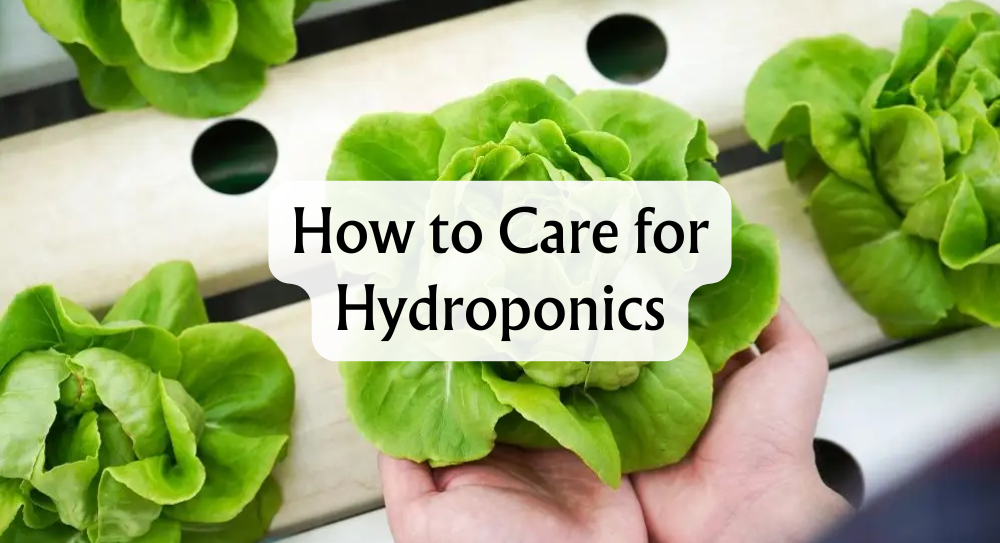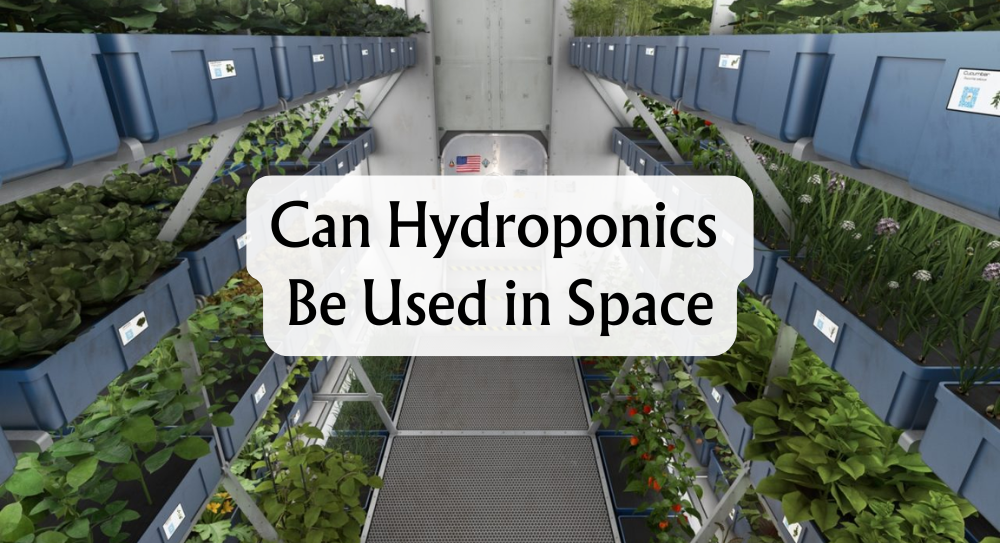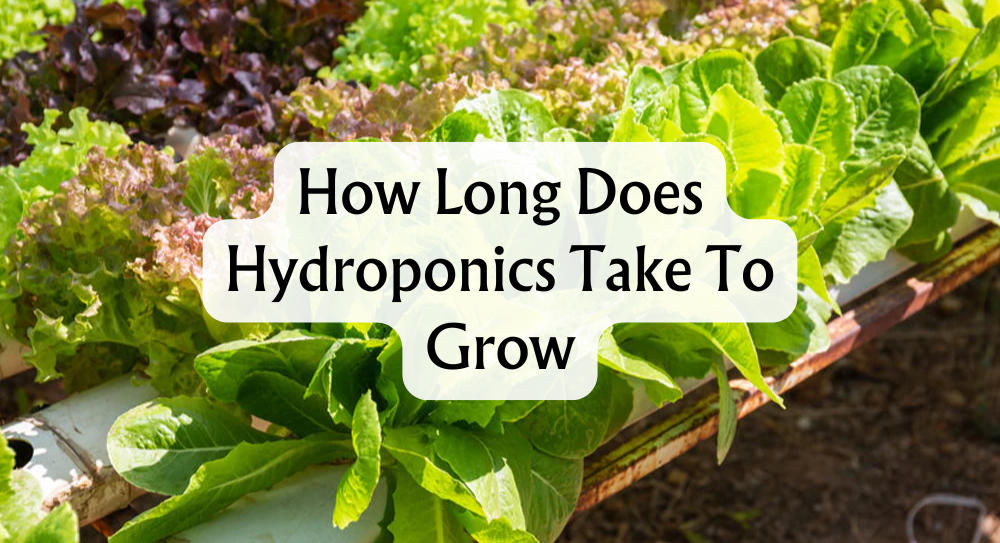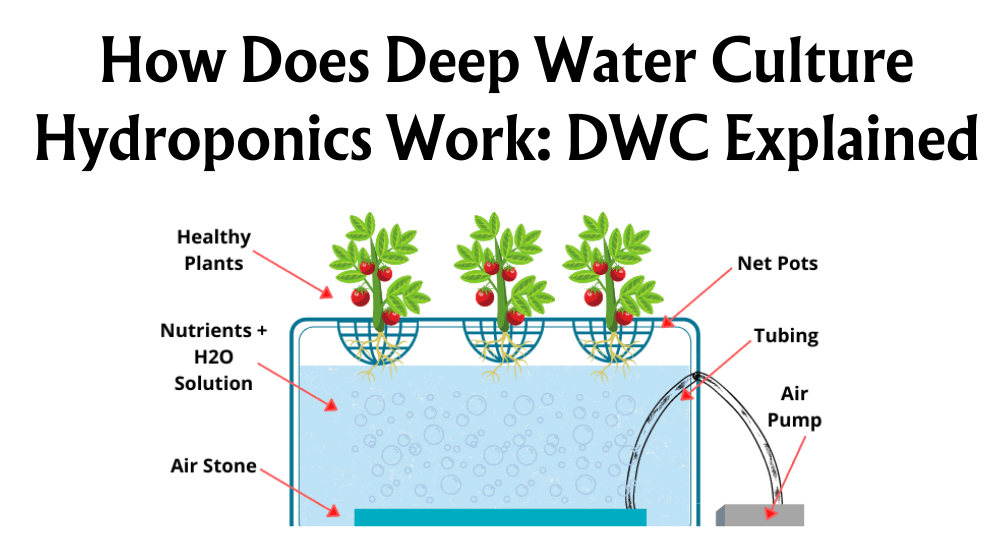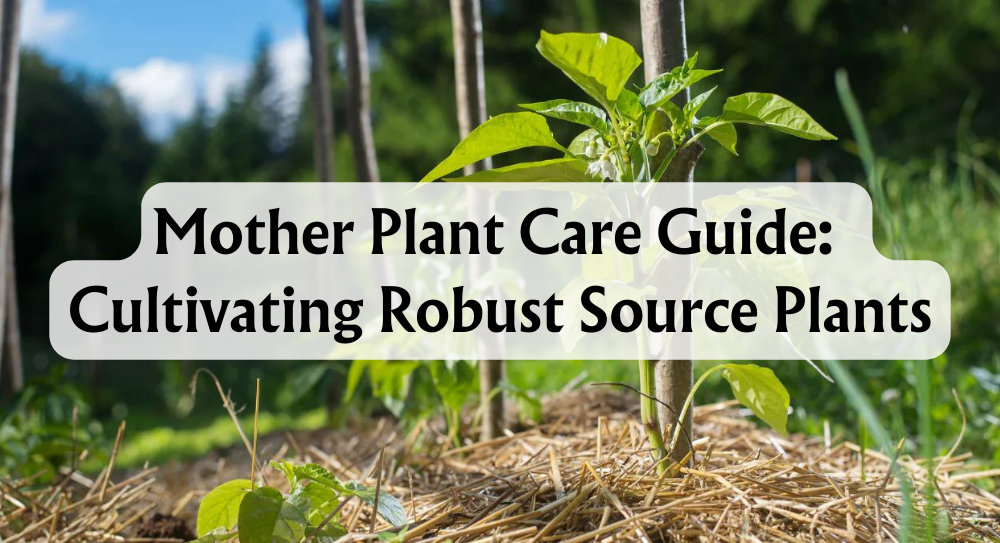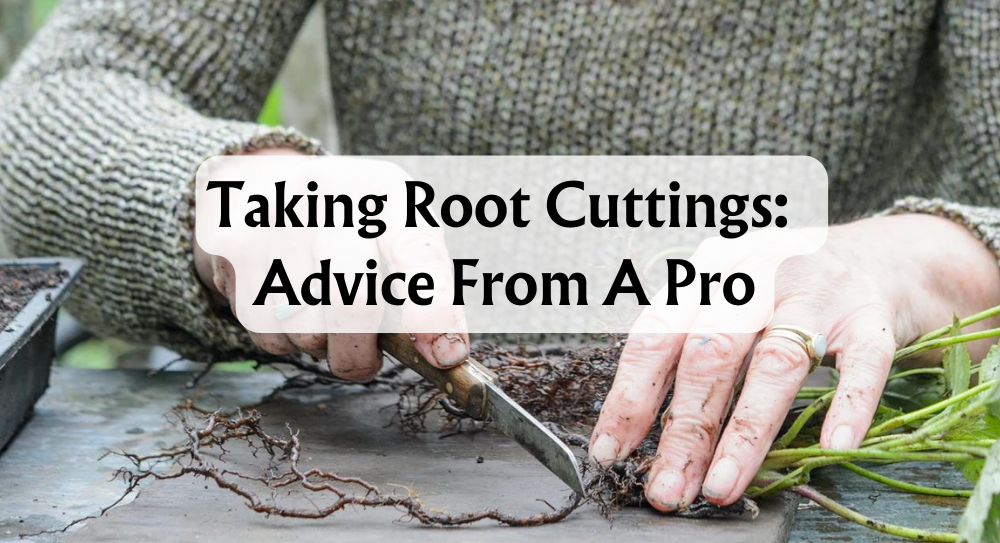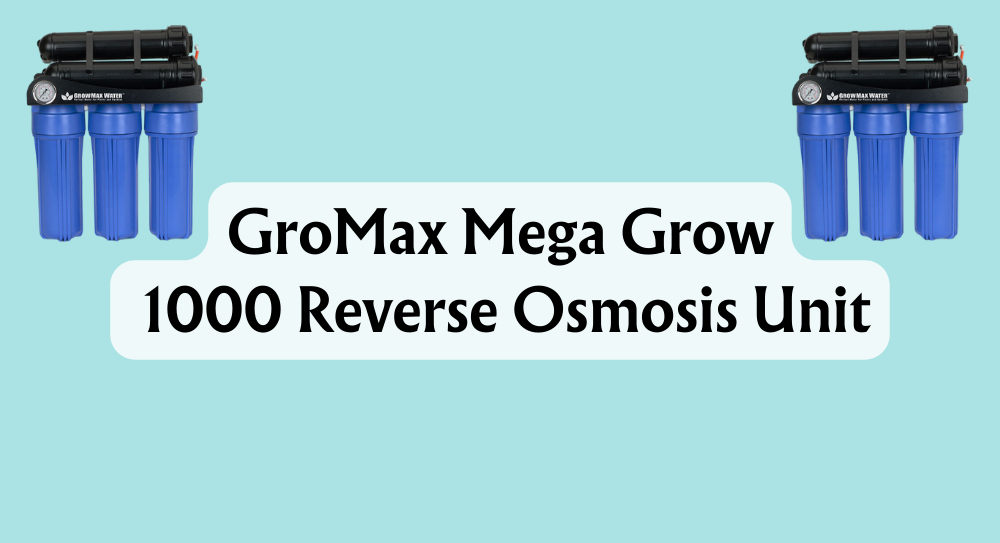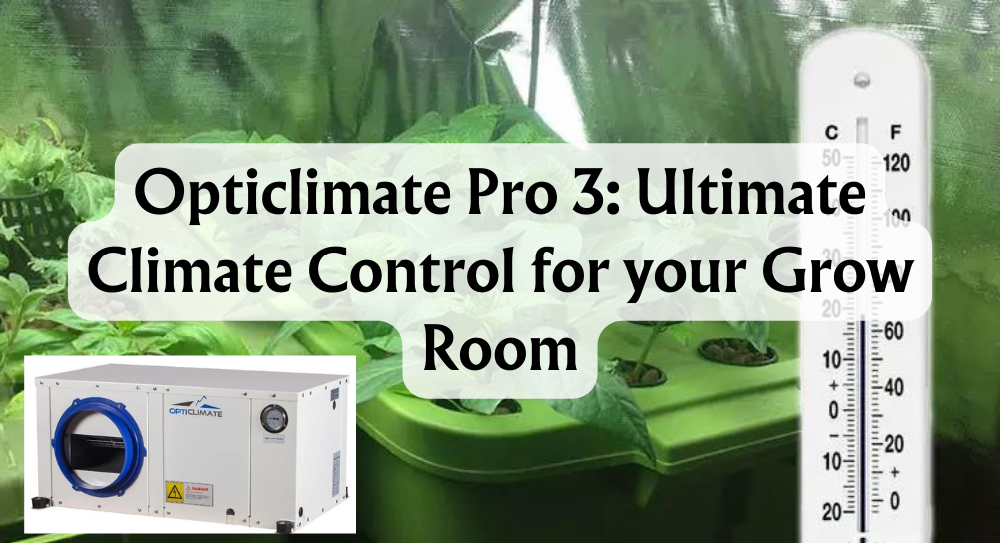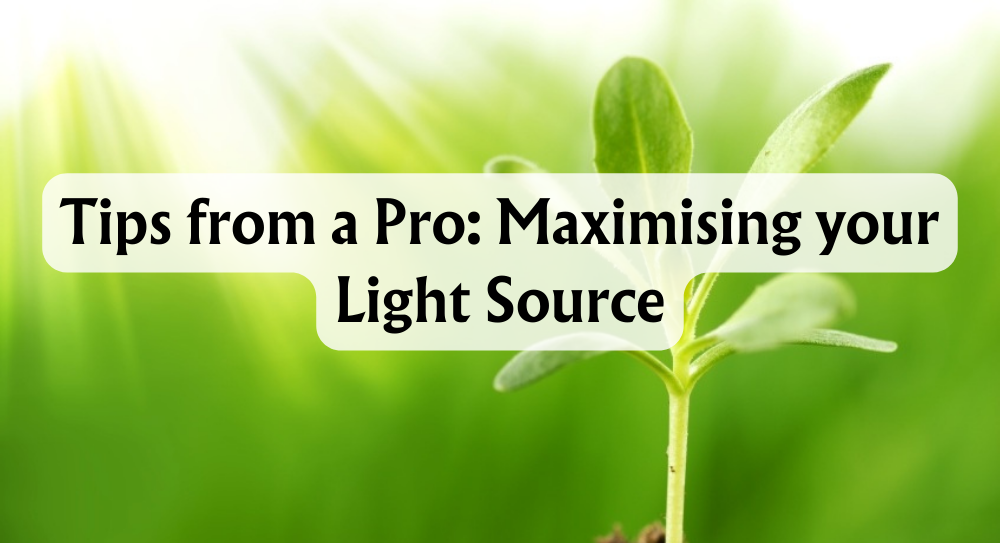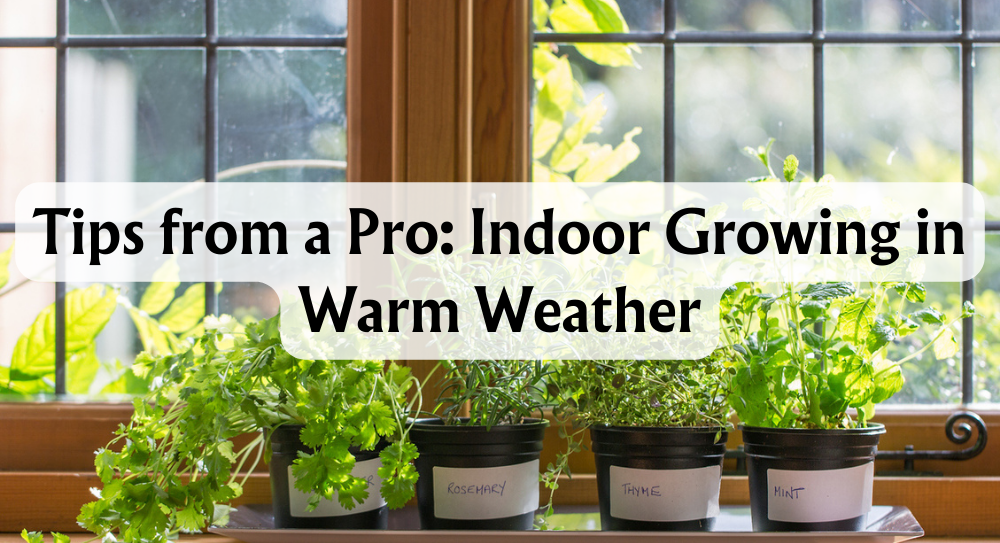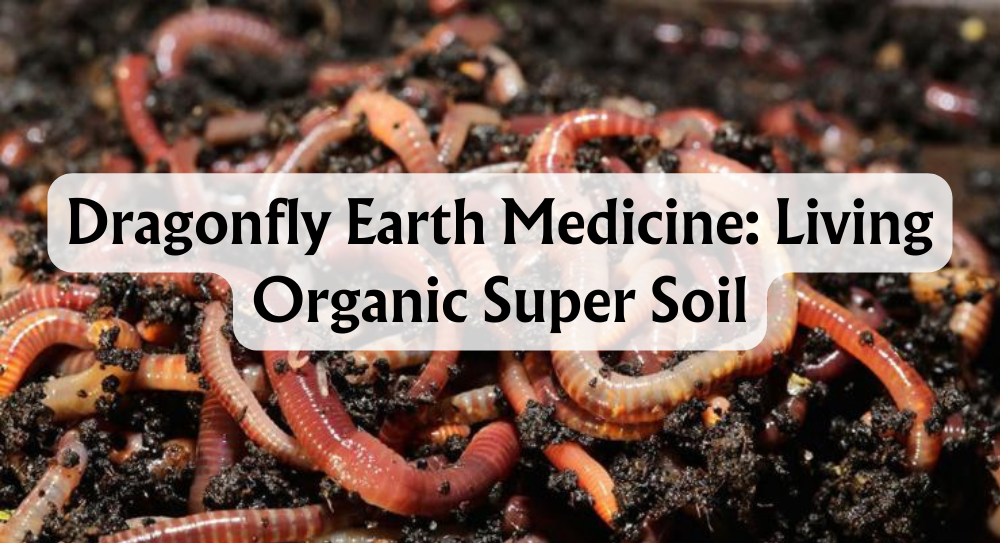Hydroponics is quickly becoming a favourite method for growing plants at home and on a commercial scale, thanks to its efficient use of space and resources. With more of us curious about soilless gardening, understanding how to care for a hydroponic system is key to healthy and productive plants. Proper maintenance, regular monitoring, and careful attention to our hydroponic setup are essential for success.
When we talk about hydroponic care, we're looking at tasks like managing nutrient levels, keeping roots well aerated, and logging any changes in our setup. Simple routines, such as changing the nutrient solution monthly and removing dead plant material, help keep our systems clean and our plants thriving. Good hydroponic maintenance doesn't have to be complicated—small, consistent actions make a big difference.
Throughout this guide, we'll cover effective ways to look after our hydroponic garden so we can enjoy steady growth and healthy produce. We'll explore daily and weekly care tips, and share practical troubleshooting advice for beginners and experienced growers alike.
Key Takeaways
- Consistent maintenance is crucial for healthy hydroponics.
- Keeping good records helps solve issues quickly.
- Simple care routines lead to better plant growth.
Hydroponics Maintenance
Keeping our hydroponic system well-maintained means healthier plants, higher yields, and fewer headaches. Attention to details like water quality, nutrient balance, and equipment checks helps us avoid common pitfalls and optimise plant growth from seedling to harvest.
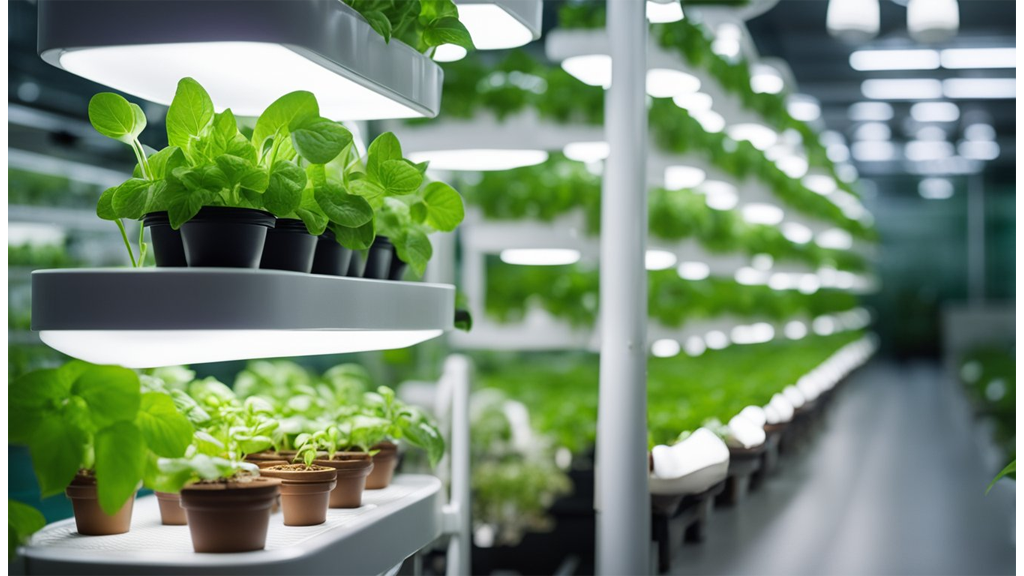
Nutrient Solution
A balanced nutrient solution is at the heart of every successful hydroponic setup. Plants depend on a precise mix of minerals for both growth and flowering, so we need to monitor and adjust our solution often. If nutrient levels are off, deficiencies or toxicities can develop quickly.
We recommend checking nutrient concentrations at least once a week. Tools like EC (Electrical Conductivity) meters help us gauge the total dissolved salts and keep nutrients at target levels for specific plant stages. For leafy greens, we might keep EC between 1.2–2.0 mS/cm, while fruiting plants may need a little more.
It helps to keep records. In one case, a gardener documented their adjustments and noticed significant improvements in tomato yields after fine-tuning the nutrient levels. This shows how good tracking and management can really make a difference.
Top Off Reservoir
Water in our reservoir drops as plants absorb it and as some evaporates, especially in warm rooms or greenhouses. Topping off regularly keeps roots submerged and ensures nutrients remain well-distributed.
Here's a simple guide:
- Check water level daily or every two days.
- Use room-temperature or slightly cool water—ideally 18–22°C—to avoid shocking plant roots.
- Add fresh water slowly, allowing the system to mix thoroughly.
Quality matters. We use filtered or dechlorinated water to prevent mineral buildup and avoid harming beneficial microbes. Adjust nutrients and pH if needed after adding water, as dilution can shift both.
Change Water Out
Complete reservoir changes help us prevent salt buildup, unwanted pathogens, and nutrient imbalances. Most systems benefit from a full water change every 2 to 4 weeks, though smaller setups or fast-growing crops like lettuce may need it more often.
Our water change routine:
- Remove all solution using a pump or siphon.
- Clean the tank if there’s visible residue.
- Refill with fresh water, add nutrients, and check pH and EC.
Proper disposal is important—never pour nutrient-rich water down drains where it could enter waterways. We use it on non-edible garden plants or lawns where possible. A hydroponic lettuce grower found higher yields after adopting a strict two-week change schedule, proving its value.
Clean The Filter
Filters keep debris, algae, and pathogens from clogging pumps and lines or reaching the roots. We check filters at least once a week, more often if there’s rapid root or algae growth.
Regular cleaning steps:
- Remove and rinse the filter with clean, cool water.
- Use an old toothbrush or soft cloth for stubborn debris.
- Replace filters showing signs of wear.
Warning signs like poor water flow, cloudy water, or visible build-up mean we should act immediately. Well-maintained filters are key to long-term system health.
Provide Proper Aeration
Oxygen is critical for healthy roots and efficient nutrient uptake. If water is stagnant or oxygen levels drop, roots may suffocate, and diseases thrive. Aeration methods include using air stones, diffusers, or dedicated pumps to keep dissolved oxygen high.
Plants in well-aerated systems grow faster and develop stronger roots. We’ve seen a noticeable difference when comparing plants grown with and without air stones. In poorly aerated reservoirs, roots can turn brown and leaves start to yellow. It’s much easier to prevent than to fix.
Tip: Make sure air pumps run 24/7, especially in warm environments where water holds less oxygen.
Do Regular pH And EC Checks
Hydroponic plants grow best when pH and EC are in the correct ranges. For most crops, the ideal pH is between 5.5 and 6.5.
We test pH and EC at least twice a week, using calibrated digital meters for accuracy. Here’s a simple process:
- Rinse the meter in distilled water before and after each use.
- Dip the meter tip in the solution, wait for a stable reading.
- Adjust pH with up or down solutions, and nutrients as needed for EC.
Calibrating meters weekly with standard solutions ensures accuracy. Skipping checks can cause invisible problems—if pH drifts outside the optimal range, nutrients become locked out, even if levels seem correct.
Check Equipment
Maintaining equipment is as important as looking after the plants themselves. We regularly inspect pumps, air stones, tubing, lights, and timers to prevent unexpected failures.
A practical checklist:
- Daily: Quick check for leaks, noises, or obvious malfunctions.
- Weekly: Inspect pumps and air stones for clogs; clean if needed.
- Monthly: Look over lights, timers, wiring, and ensure fans and vents are working properly for temperature and humidity control.
Preventive care, like replacing worn tubing or cleaning fan blades, keeps our system running smoothly. Having a written checklist saves time and helps us catch problems early, so plants have a stable, healthy environment.
Keeping A Log
Maintaining an accurate log is essential for spotting patterns and ensuring stable conditions in our hydroponic system. With regular notes, we can quickly intervene if plants show signs of stress or system issues develop.
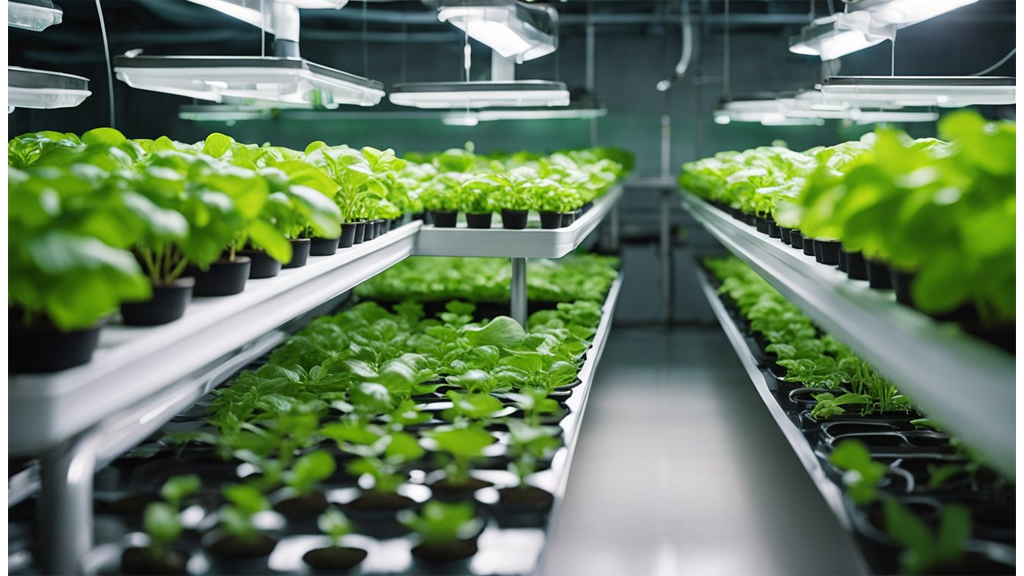
Monitor pH And EC Levels
We should check our pH and EC (electrical conductivity) levels daily using a reliable pH meter. By writing down these readings, we can easily spot shifts that might affect nutrient uptake. Sudden changes in pH could mean root issues or a problem with our nutrient mix.
A simple table like the one below can help:
| Date | pH | EC (mS/cm) | Notes |
|---|---|---|---|
| 24/04/2025 | 6.0 | 1.8 | Normal |
| 25/04/2025 | 5.7 | 1.9 | Slight drop, monitored |
If we notice a recurring fluctuation—like a steady pH drop every few days—logging makes it much easier to identify the cause and correct it before it harms our plants. Keeping a log also helps us correlate when leaves turn yellow or growth slows with real data rather than guesswork.
Changing And Adding Water
It's crucial to record every time we add or change water in the reservoir. We should note the date, the volume of water added or removed, and whether we refreshed the nutrient solution. Observations such as strange odours or cloudy water should also be logged, as these might indicate early signs of root rot or contamination.
Using digital tools or hydroponic apps can streamline this process. Many apps let us set reminders and attach photos, making our records easy to review. If we prefer paper, a dedicated notebook near the system works too.
Here’s what an entry might look like:
- 25/04/2025 – Changed 10L water, added fresh nutrients, noticed slight odour—monitored.
Consistent tracking keeps water quality high and supports plant health.
Cleaning The Reservoir
Regularly cleaning our reservoir and logging each session can prevent a build-up of algae and pathogens. We should schedule cleaning at least every two weeks, or more often if we see sediment or biofilm.
Our log should include:
- The date of each cleaning.
- The cleaning agents used (e.g., diluted hydrogen peroxide or specialist hydroponic cleaners).
- Any issues, such as stubborn residue.
A simple cleaning routine:
- Drain the reservoir completely.
- Wipe down surfaces with a soft cloth and cleaning solution.
- Rinse well with clean water before refilling.
Recording steps taken ensures we remember what worked well before and helps maintain a healthy, productive system.
Plant Maintenance
When caring for our hydroponic systems, regular plant maintenance makes all the difference. We want our indoor hydroponic garden producing healthy leafy greens, herbs, and crops like basil, mint, and lettuce. Daily observation helps us spot issues before they worsen.
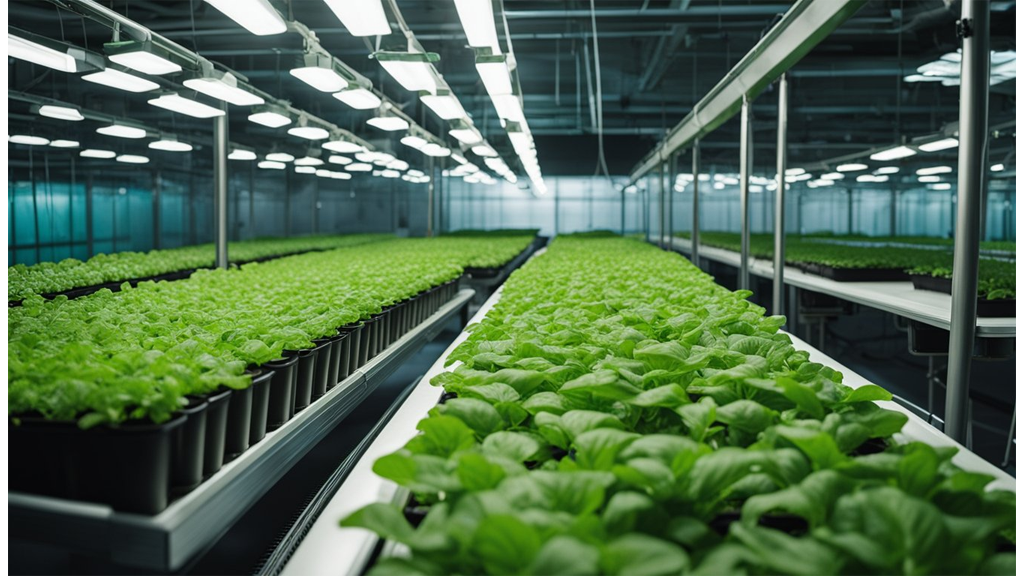
Pruning and Training Techniques
A big part of plant care is pruning and training. We trim away any yellowing or diseased leaves as soon as we spot them. This keeps the plant energy focused on fresh, healthy growth and improves airflow. It also prevents mould and other diseases taking hold.
Before and after pruning: When we prune tomato plants in our hydroponic setup, they often fill out more evenly and are less prone to fungus. Results show stronger vegetative growth and better light exposure.
We use simple supports or ties in deeper systems like deep water culture or ebb and flow, guiding our plants for upright and even growth.
Pest and Disease Management
Hydroponic crops can face pests like aphids and diseases such as powdery mildew. We keep an eye on both leaves and root zones for early warning signs. If we spot an issue, we use integrated pest management (IPM).
Here are some IPM actions:
- Use insect netting or sticky traps
- Remove pests by hand when possible
- Release beneficial insects (e.g., ladybirds for aphids)
Case study: In one hydroponic herb garden, releasing ladybirds eliminated aphids in under a week without chemicals.
Pollination Techniques
Some indoor hydroponic crops (like peppers) require hand pollination for fruiting. We use small brushes or cotton buds to transfer pollen from flower to flower. Gently brushing the inside of each flower during peak bloom times increases our fruit yield.
Regular plant maintenance ensures our hydroponic garden produces fresh herbs and vegetables with vibrant health and higher yields.
Conclusion
By sticking to a regular care routine, we can keep our hydroponics system running smoothly and our plants healthy. Key tasks include checking pH levels, managing nutrient concentrations, and watching water temperature. We should also use filtered or purified water to avoid unwanted mineral build-up.
Essentials for daily or weekly care:
- Monitor water levels and flow
- Adjust nutrients as required
- Wipe down surfaces to prevent algae
- Keep at least 12 inches between plants and their light source
- Control pests early to prevent infestations
A proactive approach helps us spot minor problems before they become major issues. Timers and sensors can automate routines like watering and light cycles, ensuring every plant gets consistent care.
If we stay curious and open to learning, we’ll soon recognise what our plants need. For more tips and guidance, we can explore online forums, articles, and videos dedicated to hydroponic gardening.
Let’s use what we’ve learned here as a starting point. By staying attentive and updating our methods, our hydroponic gardens can keep thriving.

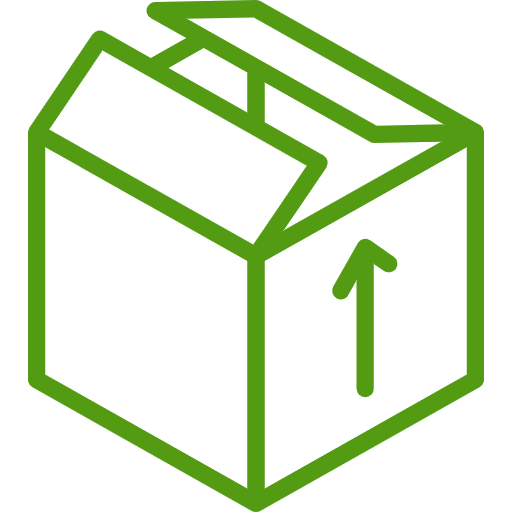





 Store Locator
Store Locator
